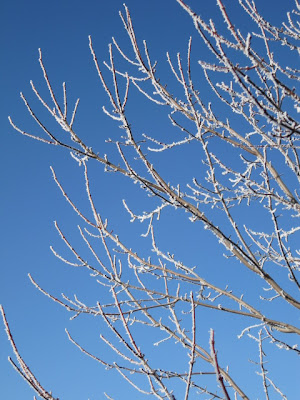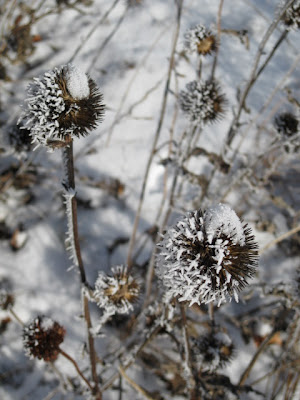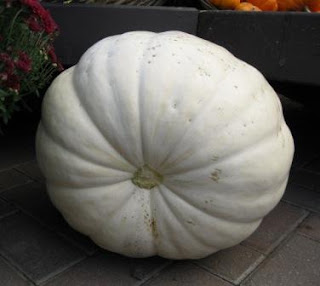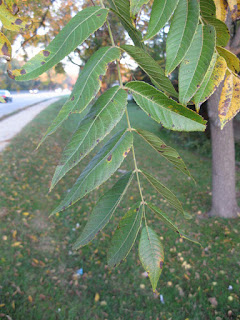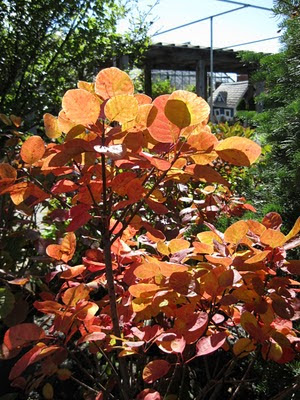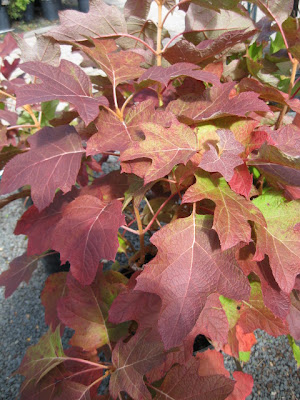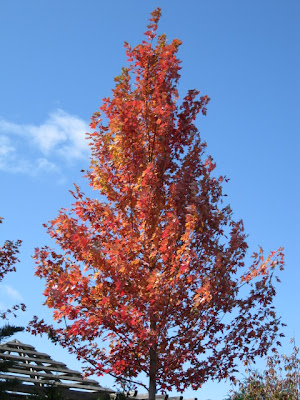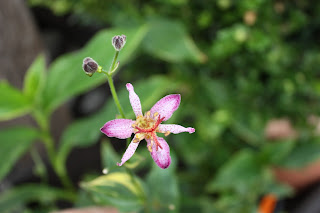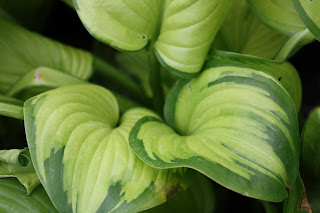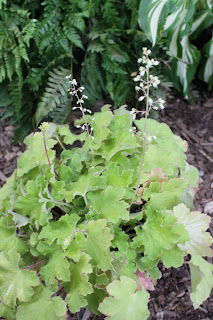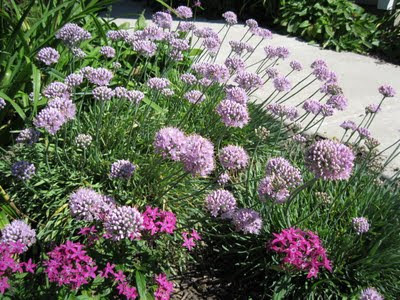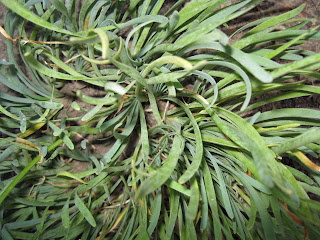Twas the night before Christmas and all through the yard,
Not a plant was left standing, the ground it was hard.
The tools were all hung in the garage with care
A well deserved rest now that the garden was bare.
The bulbs were nestled all snug in their beds,
While visions of springtime danced in their heads,
I in my Snuggie, my husband with our cat
Had just settled in for a long winter’s chat.
When out in the hydrangeas there arose such a clatter,
I dropped my seed catalogs to see what was the matter.
Away to the front door I quickly dashed,
Half expecting to find my yard had been trashed.
When I opened the door, it was suddenly clear.
Here was a sleigh and eight tiny reindeer
With a little old gardener so lively and quick
I knew in a moment it must be St. Nick!
More quickly than crabgrass his coursers they came
And he whistled and shouted and called them by name.
“Now Holly! Now Ivy! Now Daisy and Rue!
On Rose, On Petunia, Fern and Lily too!
To the top of the trellis! To the top of the wall!
Now dash away, dash away, dash away all!”
So up to the housetop the reindeer they flew
With a sleighful of gifts and St. Nicholas too.
I closed the front door and was turning around
When he slid down the chimney, hitting the ground.
He was dressed all in red, with Wellies on his feet,
And a poinsettia on his cap made him look really neat.
He stood up quite quickly and went straight to his work
With a composter for Cathy, a Dutch weeder for Dirk.
There were asters for Ann, a pine tree for Paul
And a garden design book for use by us all.
Next came a rain barrel. This was for Rob.
And finally, for me, a ginkgo key fob.
Then laying a trowel aside of his nose
And giving a nod, up the chimney he rose.
He ran to his sleigh and gave a quick whistle
And away they all flew like the seeds of globe thistle.
But I heard him exclaim as he drove out of sight,
“Merry Christmas to all gardeners and to all a good night.”
(With apologies to Clement Clark Moore)
By Karen Geisler






